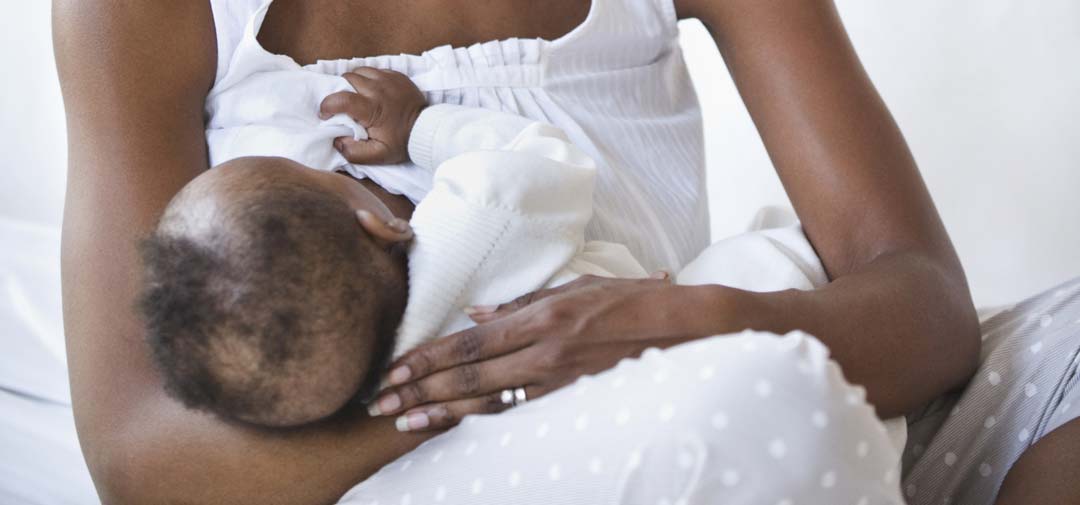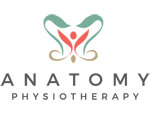Here are some of the problems breastfeeding mothers sometimes have, including signs and symptoms.

Breast Engorgement
Engorgement may occur for the first time in the first week or two after delivery.
Breast engorgement is the result of increased blood flow in your breasts in the days after the delivery of your baby. The increased blood flow helps your breasts make ample milk, but it can also cause pain and discomfort. Milk production may not occur until three to five days postpartum. Engorgement may occur for the first time in the first week or two after delivery. It can also reoccur at any point if you continue to breastfeed.
Signs & Symptoms
It varies with each woman but breasts that are engorged may feel:
- hard or tight
- tender or warm to touch
- heavy or full
- lumpy or swollen
The swelling may be contained to one breast, or it may occur in both. Swelling can also extend up the breast and into the nearby armpit. The veins running under the breast’s skin may become more noticeable. This is a result of the increased blood flow, as well as the tightness of the skin over the veins. Some women with breast engorgement may experience a low-grade fever and fatigue in the first days of milk production. This is sometimes called a “milk fever.” You can continue to nurse if you have this fever. However, it’s a good idea to alert your doctor to your increased temperature. That’s because some infections in the breast can cause fever, too, and these infections need to be treated before they become bigger issues. If you continue to experience the painful swelling of breast engorgement, reach out to a lactation consultant.
Blocked Ducts
A blocked duct usually presents gradually and affects one breast only.
A blocked duct is an area of the breast where the milk flow is obstructed. The nipple opening may be blocked or the obstruction may be further back in the ductal system. A blocked duct usually presents gradually and affects one breast only.
Signs & Symptoms
- A hard lump or wedge-shaped area of engorgement in the vicinity of the plug that may feel tender, hot, swollen or look reddened.
- Localised tenderness or pain can occur, usually feeling more painful before feeding and less tender afterward.
- The location of the plug can move and usually feels smaller after nursing.
- The affected side maybe painful upon milk letdown and nursing.
- Usually no systemic symptoms from a blocked duct but a low fever maybe present.
- Milk supply and pumping output may decrease temporarily.
- Occasionally the patient may express “strings” or grains of thickened or fatty-looking milk.
Mastitis
Mastitis is not nearly so common in countries where breastfeeding is the norm.
This is an inflammation of the breast that can be caused by obstruction, infection and/or allergy. The incidence of postpartum mastitis in Western women is 20%, whereas it is not nearly so common in countries where breastfeeding is the norm and frequent breastfeeding is typical. Mastitis is most common in the first 2-3 weeks, but can occur at any stage of lactation. 1 in 4 women report mastitis as the reason for weaning, occurring most commonly in the 2-3rd week postnatal. Mastitis can be infective and non-infective so antibiotics are not always required.
Signs & Symptoms
- Usually comes on abruptly
- Symptoms are the usually the same as for a blocked duct but the pain/heat/swelling is more intense.
- There may be red streaks extending outward from the affected area.
- Typically, mastitis comes with a fever and flu-like symptoms such as chills, pains and aches and feeling unwell.
- Expressed milk may look lumpy, gelatin-like or stringy. This milk is still fine for baby.
- There may be a different taste to the milk which leads the baby to refuse that breast until the infection is resolved.
- Milk may occasionally contain mucous, pus or blood.
WHAT CAN PHYSIOTHERAPY DO?
The primary aim is to support a continued breastfeeding experience through a reduction in inflammation. Therapeutic Ultrasound has been shown to be useful in helping to reduce the swelling by providing a micro massage to the tissue along with hands on massage or manual therapy to the breast to assist with lymph drainage. The ultrasound treatment usually takes approximately 20 minutes to complete, it is painfree and does not hinder the feeding routine. It also helps the immune system to work efficiently at reducing inflammation and/or infection. Taping to support the breast is an adjunct to the treatment of engorgement as well. Suzanne can provide education, counselling and address breastfeeding positioning with the patient. She also has close links with lactation consultants all over Ireland and can refer on as necessary.
In general, improvement is evident after the first treatment but usually requires 2-3 sessions for a complete resolution.
Cracked Nipples
Most often due to nipple trauma.
Cracked nipples are most often due to nipple trauma, most likely to occur in the first month postpartum.
Causes of cracked nipples include:
- problems with the baby’s latch, possibly tongue-tie
- not finding the optimal position
- not finding the ideal technique
- using a breast pump, particularly if the pump flange is too small or the suction is too vigorous
As a baby is learning to nurse, they may take additional time and effort to latch onto the breast. The friction can irritate and sensitize the nipple. The nipple can also become dry, leading to cracked skin and occasional bleeding.
Using a bottle to feed a baby before trying breastfeeding may also increase the chance of cracked nipples. This is because a baby will typically use a different sucking technique when using a bottle compared with a breast. If they are more used to a bottle, they may be more likely to cause nipple trauma.
WHAT CAN PHYSIOTHERAPY DO?
Anatomy Physiotherapy is one of few practices in Ireland that offers Low-Level Laser Therapy. This is an effective treatment for healing nipple lesions and reducing pain. Laser Therapy provides immense relief to the mother especially when latching baby onto the breast and helps prolong exclusive breastfeeding. It is a quick, pain-free treatment that does not interfere with the feeding routine.

